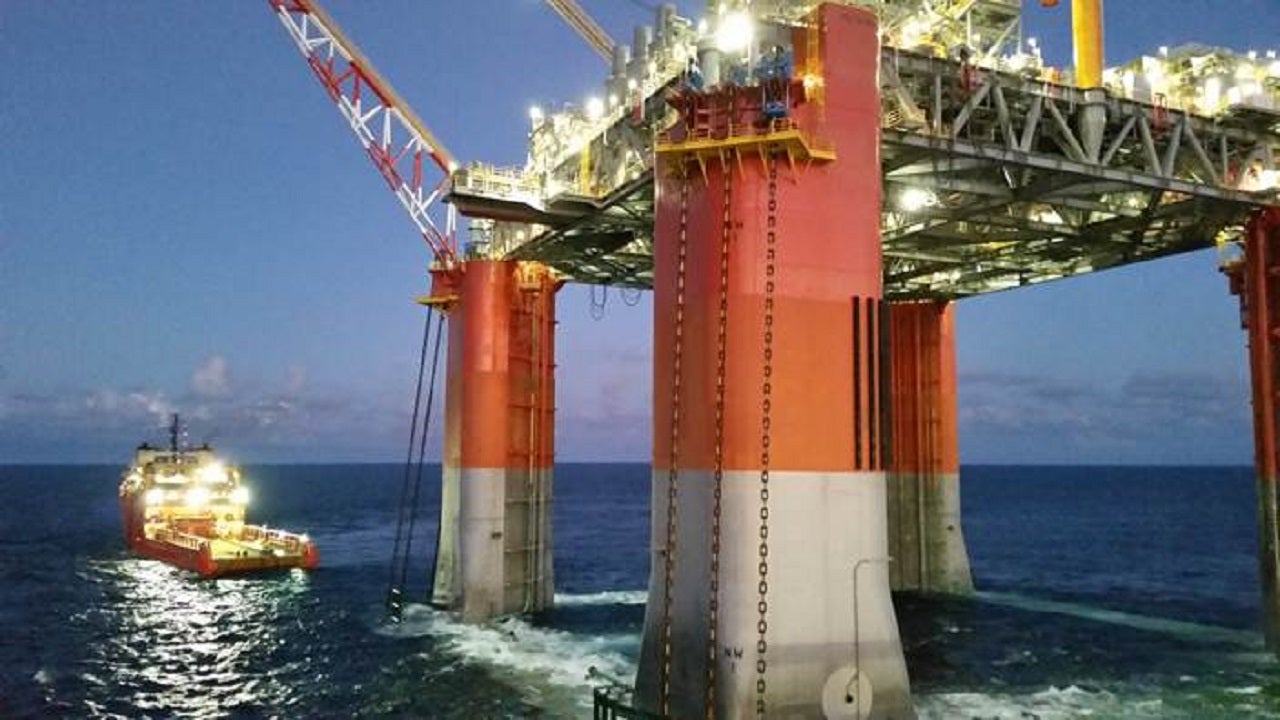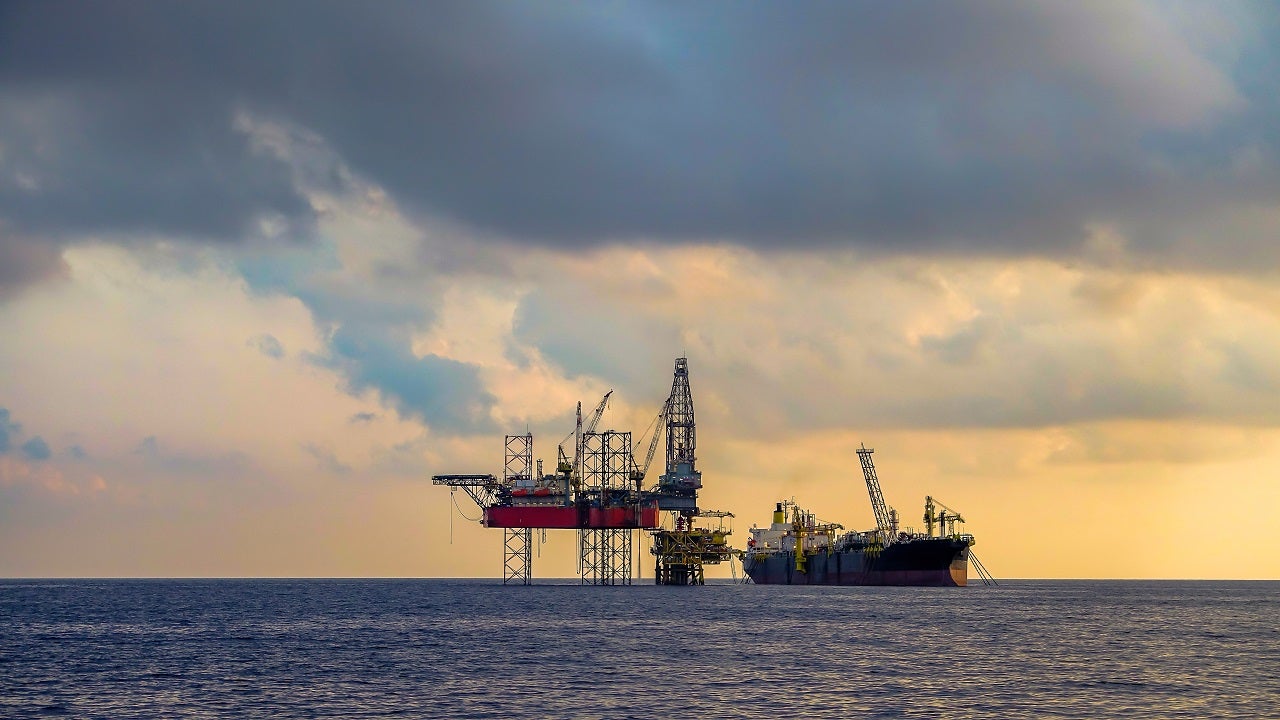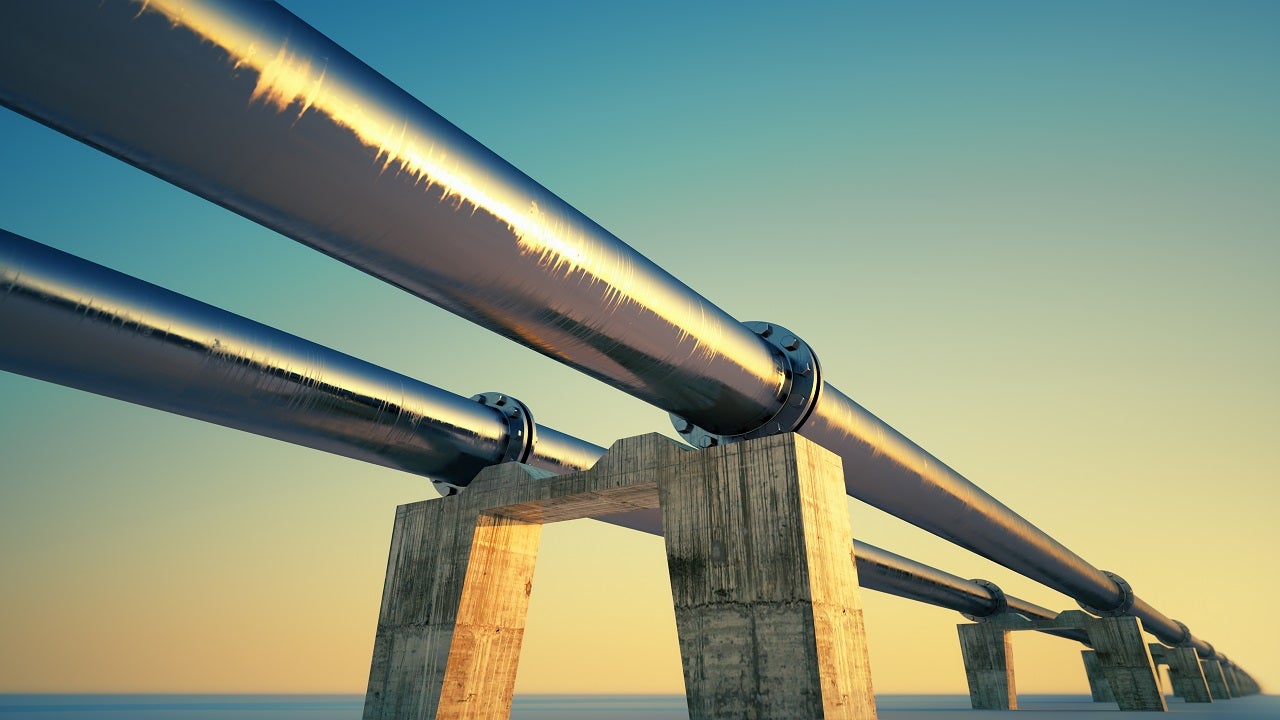The Delta House Field Development project primarily involved the installation of a floating production system (FPS) at a water depth of 4,500ft in the Mississippi Canyon (MC) 254 field in the US Gulf of Mexico.
Partners in the project include LLOG Exploration, Blackstone Energy Partners and LLOG’s co-owners, including Ridgewood Energy, ILX, Red Willow Offshore, Calypso Exploration, and Deep Gulf Energy II. The project was approved in December 2012 and initial production from the MC 254 field was achieved in April 2015.
The FPS also hosts production from several nearby fields, including the MC 300 (Marmalard) and the MC 431 (Son of Bluto 2) fields owned by LLOG. Up to eleven wells were drilled by 2016.
The Delta House FPS has a production capacity of 80,000 barrels of oil per day (bopd) and 200 million cubic feet per day (MMcfd) of gas. The peak capacity of the facility is 100,000bopd and 240MMcfd of gas. It reached the nameplate capacity of 80,000bopd in 2016.
The total investment on the project was $2bn, the financing for which was provided by Arclight.
Delta House project details
In addition to the installation of the FPS, the project involved the installation of an oil export line, a gas export line and other subsea systems, including nine subsea trees, four subsea manifolds, five multiphase flow meters and ancillary topside control systems and subsea distribution systems. Up to 200km of infield and export flow-lines and risers were installed as part of the project.
The installation of the FPS utilises 12 suction pile anchors and 12 pre-set mooring lines. The suction piles are 85ft-long, 16ft in diameter and weigh approximately 150t each.
The production wells for the project were drilled using the deep-water semi-submersible rigs Noble Amos Runner and Sevan Louisiana. Seadrill’s dual blowout preventer (BOP) rig West Neptune joined the other rigs in June 2014 to carry out the drilling activities.
Two initial subsea wells from MC 300 and one initial subsea well from MC 431 are tied back to the FPS. Two subsea manifolds of MC 300 were laid approximately 12.8km from the FPS, while a single subsea manifold of the MC 431 was laid approximately 19.3km from the FPS.
Delta House FPS
The semi-submersible hull of the Delta House FPS, designated OPTI-11000, is similar to that of LLOG’s OPTI-EX FPS installed at Who Dat field, but is approximately 50% larger. The Delta House FPS is capable of hosting 20 risers, enabling simultaneous production from up to nine producing fields with dual flow-lines.
The FPS, with a payload capacity of 9,300t, is designed to withstand wind and waves from a 1,000-year storm.
The construction of the hull commenced in March 2013 and took about one year to complete. The shipping of the FPS using a T-class heavy lift transport vessel of Dockwise started in March 2014. The topsides were fitted at Kiewit Offshore Services Yard in Ingleside, Texas, US.
Contractors involved with Delta House field development
The semi-submersible hull of the FPS was fabricated by Hyundai Heavy Industries (HHI), while its design was provided by EXMAR. The design and construction of the topsides were overseen by Audubon Engineering, while the mooring and installation of the FPS at MC 254 were carried out by InterMoor. Audubon Field Solutions provided liaison between engineering and construction, along with interface management services.
The infield and export flowlines and risers were installed by Technip, who also deployed its pipelay and subsea construction vessel CSO Deep Blue to lay the infield lines and the heavy lift construction vessel G1200 to install the export flow-lines.
FMC Technologies was contracted to provide the subsea systems for the project. The $114m contract was awarded to the company in January 2013. 2H Offshore was contracted to provide detailed design for the production and export steel catenary risers (SCRs) which were tied back to the FPS. Pinnacle Engineering provided subsea engineering services.
An environmental and facility monitoring system (EFMS) featuring a computer console, topside and subsea remote sensor packages for the FPS were supplied by BMT Scientific Marine Services.










